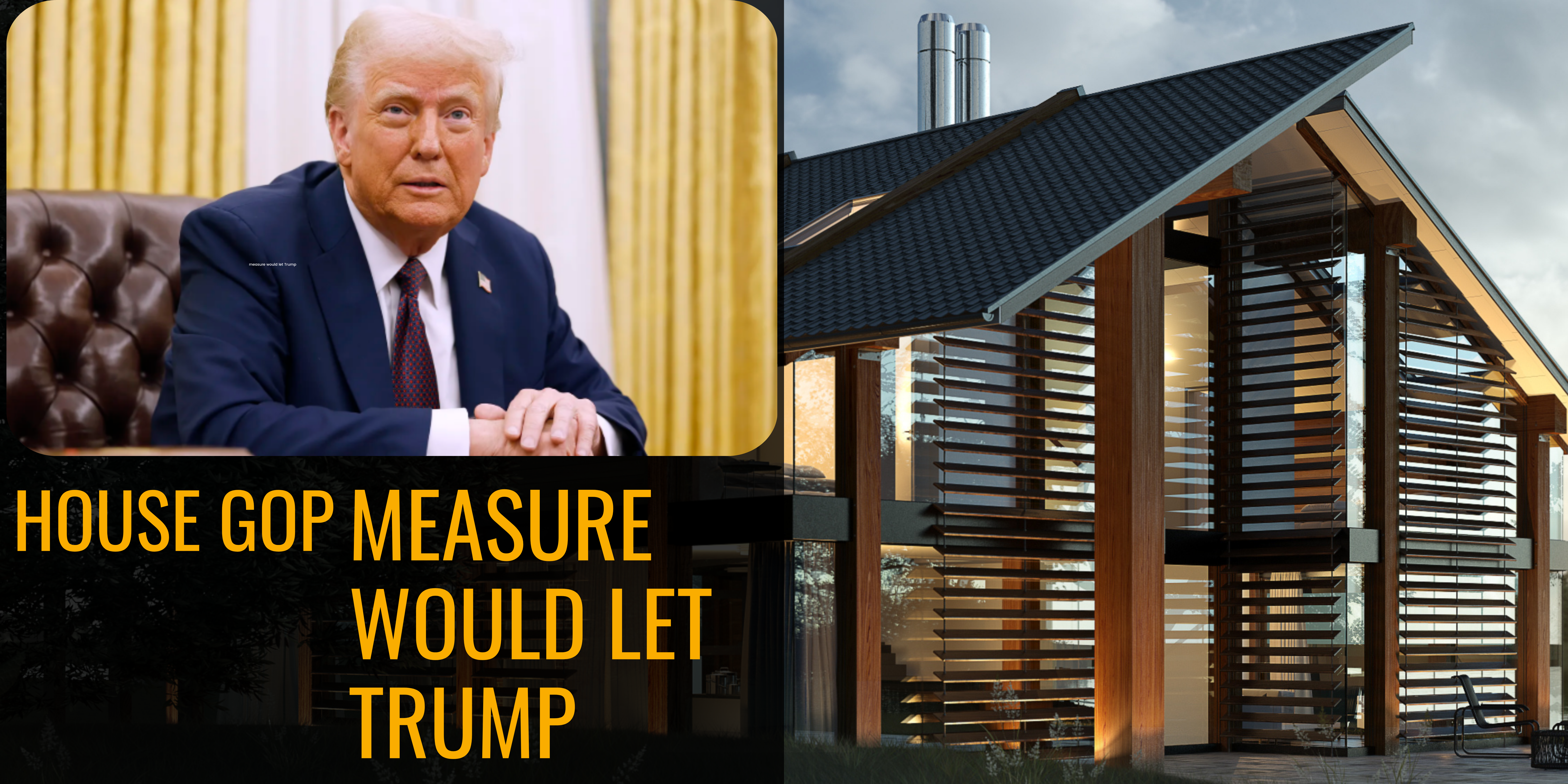The resolution offered by the House Jop Republican on Thursday means an existing possibility for President Trump to stand for a third-term candidacy.
Why it matters: It appears the amendment would have almost no chance of ever being ratified, but it shows how much love the new president is getting from House GOP members.
- Republicans in the U.S. Congress from the House have been jumping at the chance to file bills to cement Trump’s vision to expand U.S. borders by exploring taking over Greenland and the Panama Canal, for instance.
- The law being proposed is an extreme long-shot; it needs a two-thirds majority to pass the House of Representatives and the Senate and be ratified by thirty-eight states for inclusion in the Constitution.
Driving the news: Rep. Andy Ogles (R-Tenn.) said Thursday he is introducing a two-page joint resolution to amend the 22nd Amendment, which sets the current two-term limit for presidents.
- Ogles’ amendment would allow any president to serve a third term if their first two terms were non-consecutive.
- Amendment language still forbids a third term if the two were consecutive, thereby ruling out a second chance for former Presidents Bush, Obama, and Clinton to run, as well as a third full term for anyone serving more than two years of another’s term.
What they’re saying: “It is imperative that we provide President Trump with every resource necessary to correct the disastrous course set by the Biden administration,” Ogles said in a statement.
- “He is dedicated to restoring the republic and saving our country, and we, as legislators and as states, must do everything in our power to support him.”
- Ogles is a member of the Trump-aligned House Freedom Caucus who introduced legislation to allow for negotiations of the purchase of Greenland.
Understanding the 22nd Amendment
Adopted in 1951, the Twenty-second Amendment was perhaps a reaction to Franklin D. Roosevelt’s unparalleled fourth presidential term. It provides in Section 1 that:”No person shall be elected President more than twice.”This provision was designed to prevent any individual from holding excessive power over an extended period, thereby preserving the democratic framework of the nation.
Congressman Ogles’ Proposal House GOP
Cormagyne’s amendment is supposed to effect a change to the current limit of presidential terms stipulating that a president who has not served two consecutive terms of office will be eligible for a three-term presidency. In this case, former President Trump would secure a pathway to running for a third term from his first term from 2017 until 2021, and his return to the fray in 2024 would then be legitimate. Importantly, this change would not concern persons ready to step down from their second consecutive record: former president Barak Obama, Bill Clinton, and George W. Bush.
Ogles takes under his wings to justify this enterprise from the vantage point of Trump’s leadership and vision to “restore America to greatness” while arguing that the two-term limit as it currently stands hampers effective leaders from completing their service to the nation.
The Constitutional Amendment Process
Amendments to the Constitution of the United States are arduous to bring about: they deserve the consideration.An amendment may be proposed by a two-thirds majority in each House of Congress, or two-thirds of the state legislatures may call a constitutional convention to propose amendments; this method has never been used.
The amendment, having been proposed, must then receive ratification by the votes of three-fourths, that is, thirty-eight state legislatures or thirty-eight state conventions.The amendment must be ratified after being proposed by the votes of three-fourths, i.e., thirty-eight state legislatures or thirty-eight state conventions. The process is deliberately made very difficult in order to ensure that only those amendments which have high levels of support from differing political factions across the nation would ever be adopted.
Historical Context of Presidential Term Limits
Presidential limitations on terms were strongly encouraged by President George Washington’s stepping down after two terms and thereby creating a precedent. This tradition would continue to be respected until President Franklin D. Roosevelt was elected and served four terms during the Great Depression and World War II. Accordingly, the 22nd Amendment was passed to set in stone the limit of two terms per president in order to alleviate extended periods of power being exercised by anyone.
Arguments For and Against the Proposal
Proponents’ Perspective:
- Continuity of Leadership: Supporters argue that allowing a third term for non-consecutive presidencies provides an opportunity for effective leaders to continue their policies and initiatives, ensuring stability and sustained progress.
- Democratic Choice: They contend that voters should have the freedom to elect leaders they believe are best suited for the nation’s needs, without being constrained by term limits.
Opponents’ Perspective:
- Risk of Authoritarianism:Critics warn that an extended term limit might engender a veritable concentration of power, thus compromising the checks and balances systems enshrined in American democracy.
- Erosion of Democratic Norms: They argue that altering term limits may set a precedent that could be exploited, potentially weakening the democratic institutions designed to prevent authoritarian rule.
Political Reactions and Public Discourse
Political officials, jurists, and public concerns have been raised over this proposal. A faction of Republicans considers it a legitimate consideration in advancing democratic choice, while many Democrats and constitutional scholars harbor a concern it may eat into an already eroded democratically institutionalized safeguard.
The activities of Congress and the executive department will also be placed side by side during the President’s address to Congress, at which time he naturally will also be focusing on the accomplishments and plans of his administration between now and the next State of the Union address.This invitation underscores the current administration’s focus on its agenda within the existing constitutional framework.
Legal and Constitutional Considerations
As legal practitioners argue, any issue concerning presidential term limits must necessarily be subjected to the burdensome amendment process governed by the Constitution. The experts further cautioned that such amendments warrant very careful consideration due to their far-reaching consequences on the governance and democratic spirit of the nation.
Public Opinion and Future Implications
Public opinion on this proposal is deeply divided, reflecting broader political polarization. The outcome of this debate could have lasting impacts on the American political landscape, influencing future discussions on the balance between effective leadership and the preservation of democratic norms.
Conclusion
The proposal by Rep. Andy Ogles to amend the Constitution and allow President Trump to seek a third non-consecutive term highlights the profound loyalty Trump commands within the House GOP. While the amendment is unlikely to gain the necessary support to become ratified, it underscores the influence of Trump’s vision on legislative priorities, including controversial ideas like acquiring Greenland and the Panama Canal. As the political landscape continues to shift, such measures serve as a reflection of the intense polarization and the deep divide in contemporary American politics.
Stay connected with us for the latest updates on this and other breaking stories shaping the future of U.S. governance. For More Information Click On _________*










